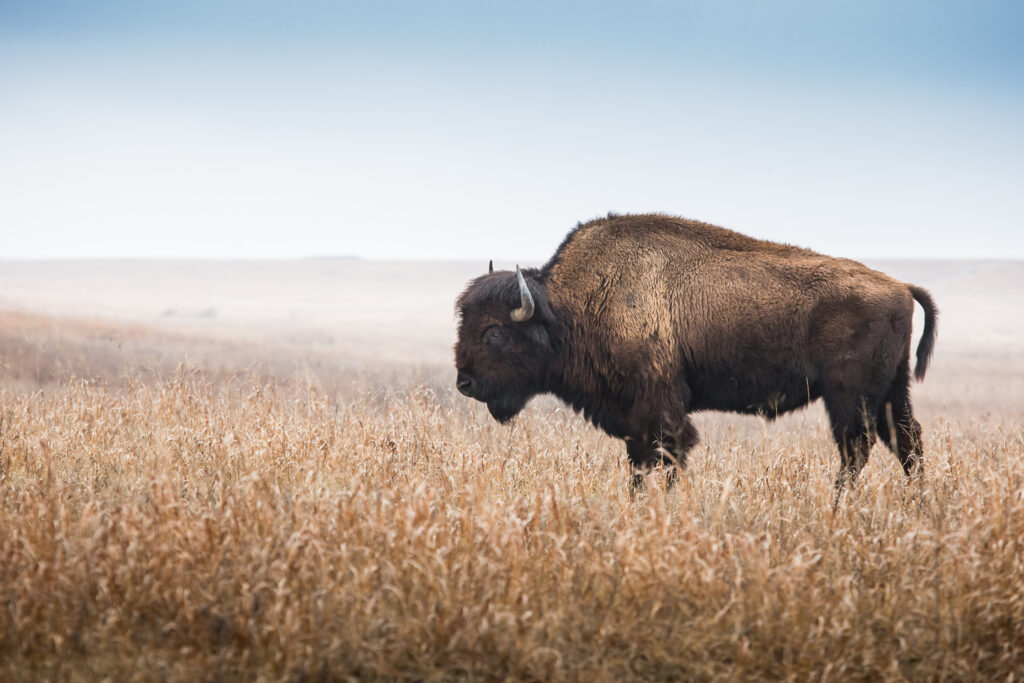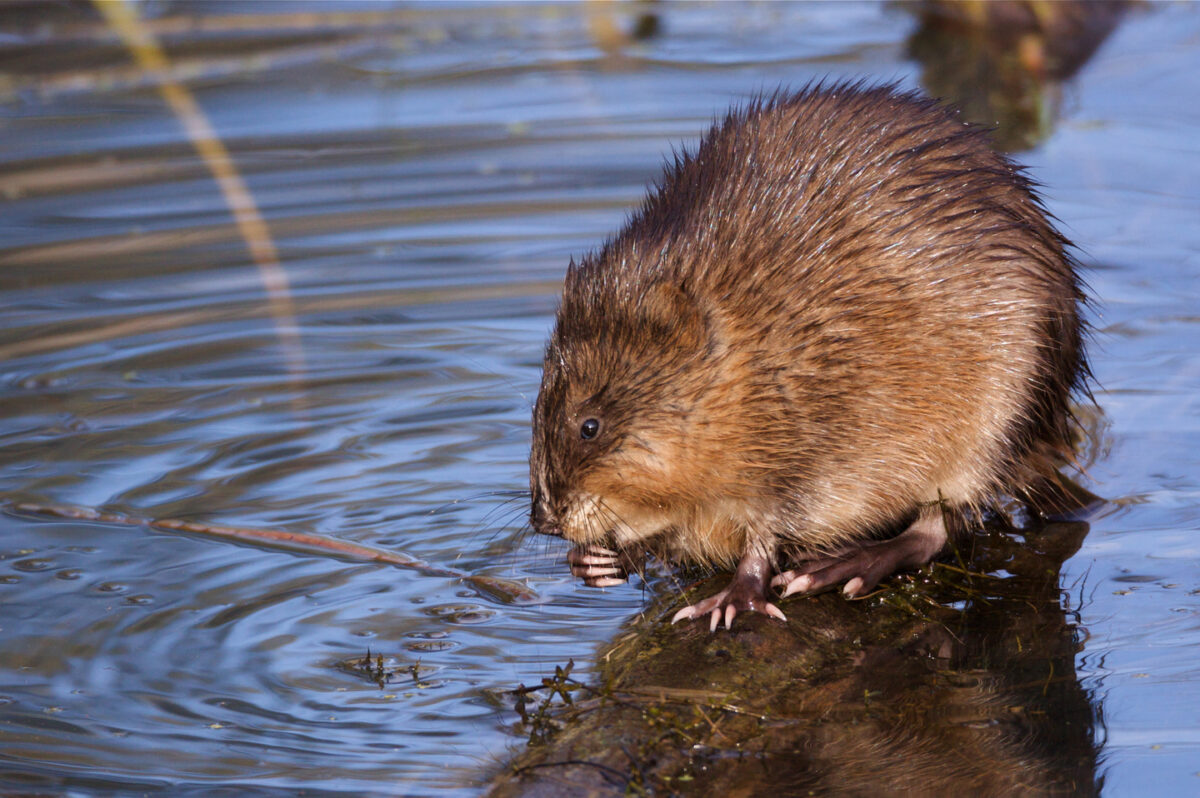
Bison Hair fibre
Zoological Information
- The scientific name of the American Bison, often referred to simply as “bison,” is Bison bison. It belongs to the family Bovidae.
- There are two subspecies: the Plains Bison (Bison bison bison) and the Wood Bison (Bison bison athabascae).
- In the wild, the lifespan of bison (Bison bison) typically ranges from 15 to 20 years.
- Bison predominantly feed on grasses but also include flowering plants, lichens, and leaves from woody plants in their diet.
- On average, bison consume approximately 1.6% of their body mass per day in the form of dry vegetation.
- It is a close relative of the yak.
Habitat and fibre production
- Bison, indigenous to North America, once freely traversed the expansive grasslands and prairies spanning from Canada to Mexico.
- Annually, during spring, they undergo the shedding of their coats.
- The bison’s fur comprises rugged guard hairs and delicate down hairs.
- The yak features a two-layered coat, with an outer coarse layer serving as protection against harsh climate, while the inner, finer layer serves to offer warmth and insulation to the animal.
- The production of hair per animal is around 1-2 kg and the total annual production is 5 tons.
Physical properties
Parameter
Value
Length (mm)
50-70
Diameter (µm)
12-19
Tenacity (cN/tex)
8.7
Elongation(%)
39.3
Features
- The outer guard hair of bison is characterized by its greater length, coarseness, and strength, in stark contrast to the inner hair, which is silky, soft, fine, and possesses a lustrous quality.
- The guard hairs are hollow, and unlike the inner hair fibers, they do not contain a medulla.
- The fine-down hairs are solid and covered with fine scales.
- The diameter of undercoat hair fibres in bison is comparable to that of fine and medium-grade sheep’s wool.
- Items crafted from bison hair fibre are incredibly soft, boast temperature-regulating properties, are hypoallergenic, and exhibit antimicrobial qualities.
- Additionally, these products are low-maintenance and easy to care for.
Typical uses
- Fibres derived from these sources have been employed by Americans to craft high-end ropes, and they are also utilized as insulation stuffing.
- United by Blue, an outdoor company, endeavoured to manufacture socks by blending bison hair with merino wool, resulting in a durable yarn[1].
- Also, knitted products like shawls and scarves are produced by blending the bison hair fibres with other natural animal fibres.

















